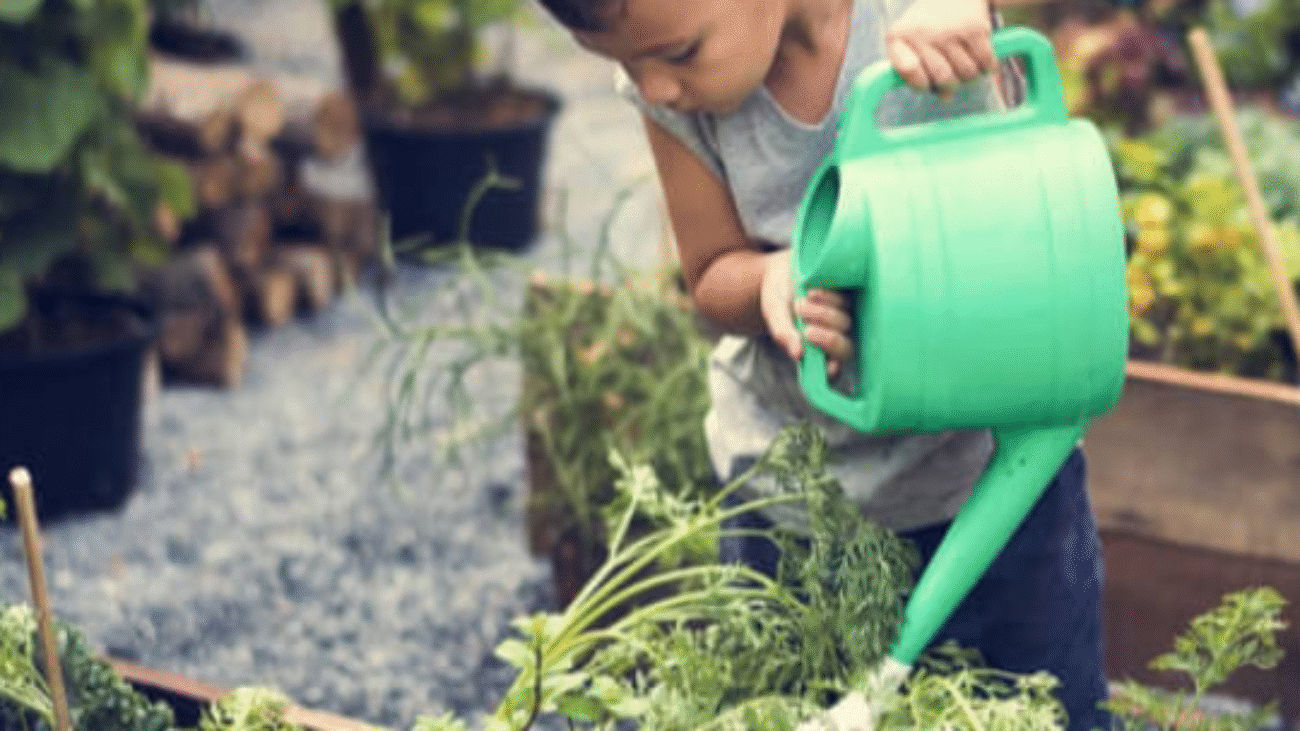Whether you’re tending to a cozy indoor jungle or cultivating a backyard garden, caring for plants is one of the most rewarding ways to reconnect with nature. Beyond adding beauty to your home, plants can purify the air, reduce stress, and even provide food for your table.
With a little attention and the right knowledge, anyone can grow healthy, vibrant plants. Here’s a guide to help your garden—or windowsill—flourish.
1. Choose the Right Plants for Your Space
Before you buy, consider how much light, humidity, and space your environment provides. Low-light houseplants like pothos or ZZ plants thrive indoors, while vegetables and flowering plants usually need full sun outdoors.
2. Water Wisely
Overwatering is a common mistake. Check soil moisture by feeling a few inches deep—if it’s dry, it’s time to water. Most plants prefer a good soak rather than frequent light watering. Always ensure pots have drainage holes to prevent root rot.
3. Understand Sunlight Needs
Some plants love bright, direct light; others prefer filtered or partial shade. Observe how sunlight moves through your home or yard, and place your plants accordingly. If natural light is limited, consider using grow lights.
4. Use Quality Soil
The right soil mix supports healthy root growth and drainage. Indoor plants often need a peat-based or coconut coir potting mix, while outdoor gardens benefit from nutrient-rich compost or raised bed soil.
5. Feed with Fertilizer (But Don’t Overdo It)
Most plants benefit from feeding during their growing season (spring and summer). Use a balanced fertilizer or one tailored to your specific plant type, and follow the instructions to avoid “burning” the roots.
6. Prune Regularly
Pruning helps shape plants, encourage new growth, and remove dead or diseased parts. Use clean, sharp scissors or pruning shears, and make cuts just above a healthy leaf node.
7. Keep Pests in Check
Inspect plants regularly for signs of pests like aphids, spider mites, or fungus gnats. For indoor plants, a gentle mix of water and neem oil can help. For gardens, consider natural solutions or companion planting to deter bugs.
8. Repot When Needed
If your plant is outgrowing its pot or roots are circling at the bottom, it’s time to upgrade. Choose a pot 1–2 inches larger in diameter and refresh the soil to keep your plant thriving.
9. Practice Seasonal Care
Adjust watering and feeding as the seasons change. Many plants go dormant in fall or winter and require less maintenance, while spring is an ideal time for repotting, fertilizing, and planting new additions.
10. Be Patient and Observant
Plants grow at their own pace. Learn to read their signals—yellowing leaves, droopiness, or slow growth often indicate what they need. Every plant has a rhythm, and caring for them is a great lesson in mindfulness.
Final Thoughts
Caring for plants isn’t just about gardening—it’s about cultivating life, patience, and connection. Whether you’re growing herbs in your kitchen, tending succulents on your windowsill, or harvesting veggies in your yard, plant care offers daily moments of joy and calm.


Add a Comment